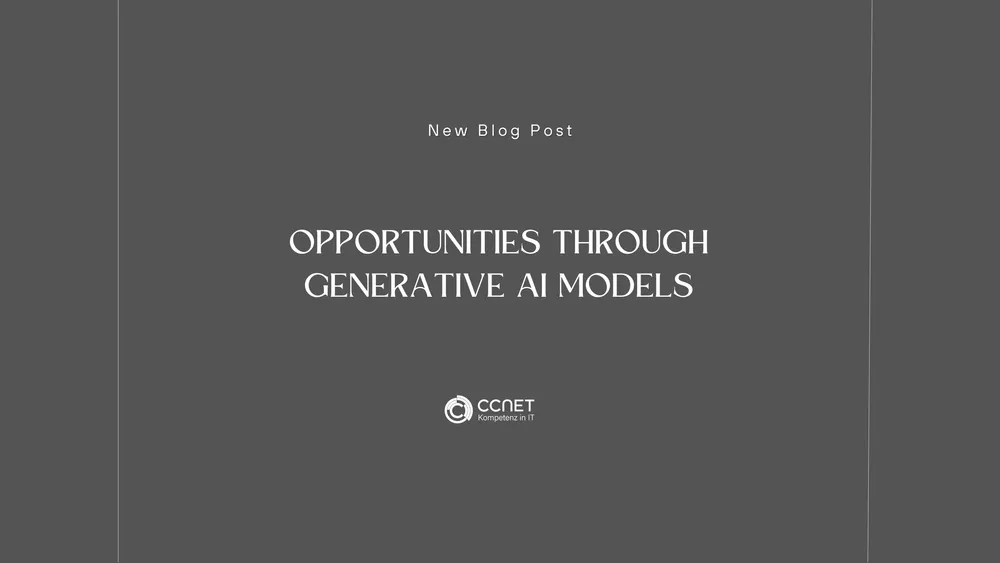
CCNet
May 29, 2024 • 2 min read

Countermeasures and Security Strategies for Generative AI Models
Generative AI models can pose significant risks to IT security and data privacy. Therefore, it is crucial to develop security strategies and countermeasures to minimize these risks. In this blog post, we will discuss some of the key countermeasures and security strategies that organizations and businesses can employ to use generative AI models securely.
Risk Management and Security Measures
Risk management is an essential component of the security strategy for generative AI models. Organizations should conduct a systematic risk analysis to identify potential hazards and implement appropriate security measures. Some of the key security measures include:
-
Comprehensive Testing: Generative AI models should undergo extensive testing before deployment. Red-teaming tests, simulating targeted attacks, can help uncover vulnerabilities. The tests should adhere to current IT security standards.
-
Handling Sensitive Data: Sensitive data should be anonymized or removed from the training material. If a model needs to process sensitive information, methods such as differential privacy can be applied to ensure data confidentiality.
-
Input and Output Verification: To prevent unwanted or abusive content, inputs and outputs should be verified. Application-specific filters can help detect and remove unwanted content. This verification process should be continuously updated and improved to counter evolving forms of abuse and unwanted content.
-
Input Validation and Sanitization: To prevent manipulations and malicious attacks, inputs should be thoroughly validated and adjusted as necessary. Measures such as spell checks and removing hidden characters can help reduce potential security risks.
Recommendations for Businesses and Authorities
Businesses and authorities using generative AI models should consider specific recommendations to ensure security:
-
User Awareness: Users should be informed about the risks and security aspects of generative AI models. Regular training and awareness campaigns can help create a basic security awareness and optimize usage.
-
Transparency and Information Provision: Developers and operators should provide sufficient information for users to assess the suitability of a model for their use case. Risks and implemented countermeasures should also be clearly communicated.
-
Building Practical Expertise: Businesses should develop practical expertise in handling generative AI models. This can be achieved through the implementation of proof-of-concepts or participation in training sessions.
Future Developments in AI System Security
The security of generative AI models is a constantly evolving field. New risks may emerge, and it is important to stay up-to-date and continuously improve security strategies. Future developments in AI system security could include new approaches to detect and mitigate attacks. Organizations should be prepared to adjust their security measures accordingly and continuously improve them.
Conclusion
Generative AI models offer many opportunities but also come with significant risks. A solid security strategy and appropriate countermeasures are crucial to minimize these risks and safely harness the benefits of generative AI. Organizations and authorities should conduct comprehensive risk analysis and ensure that appropriate security measures are implemented to ensure safe handling of generative AI models. This includes monitoring and controlling access to sensitive data, as well as regularly reviewing and updating security policies and procedures.


